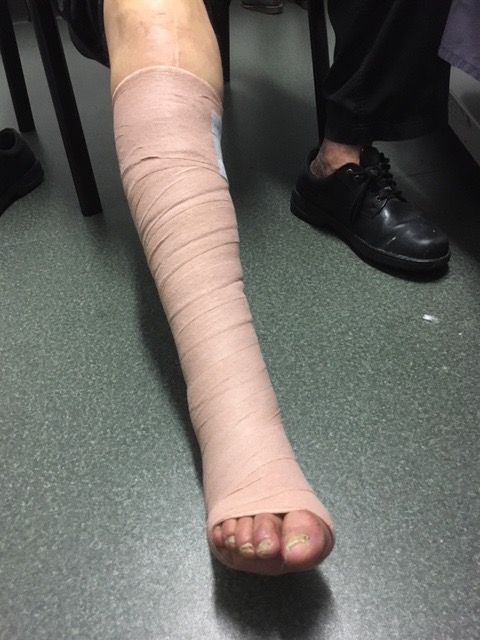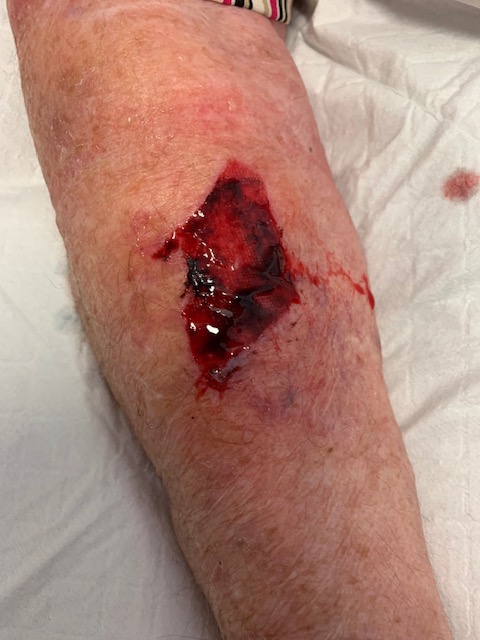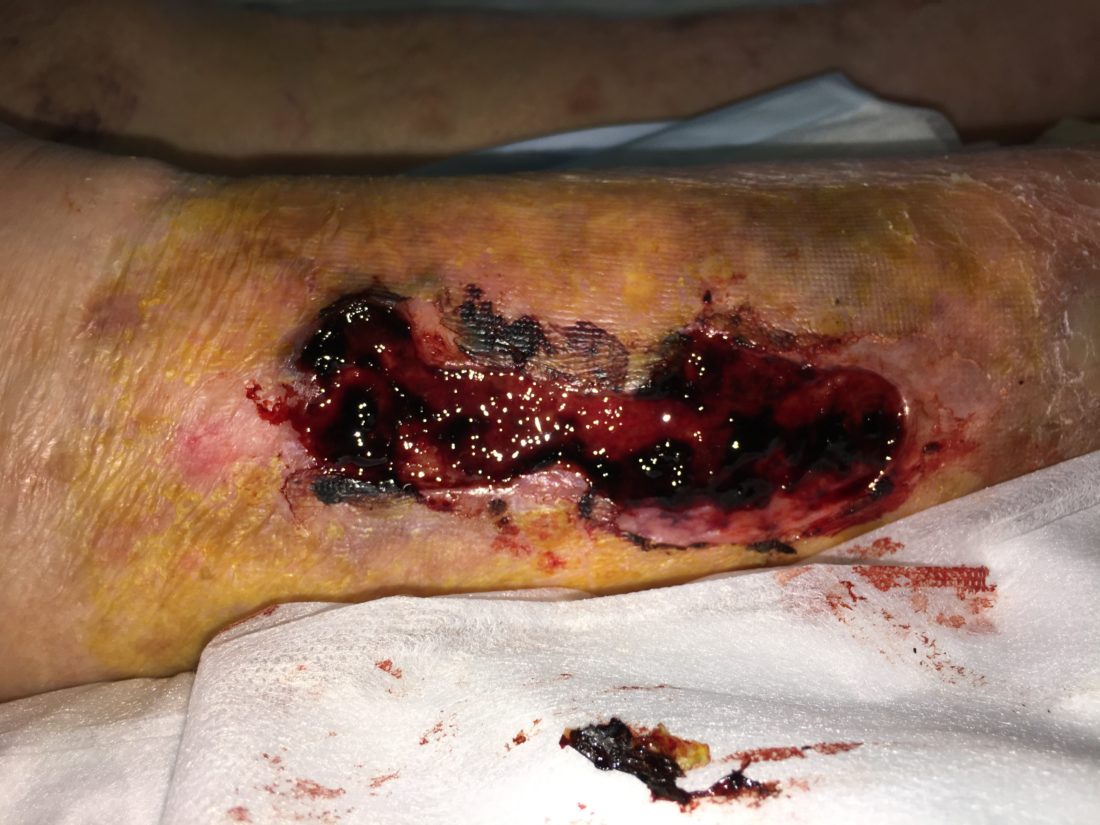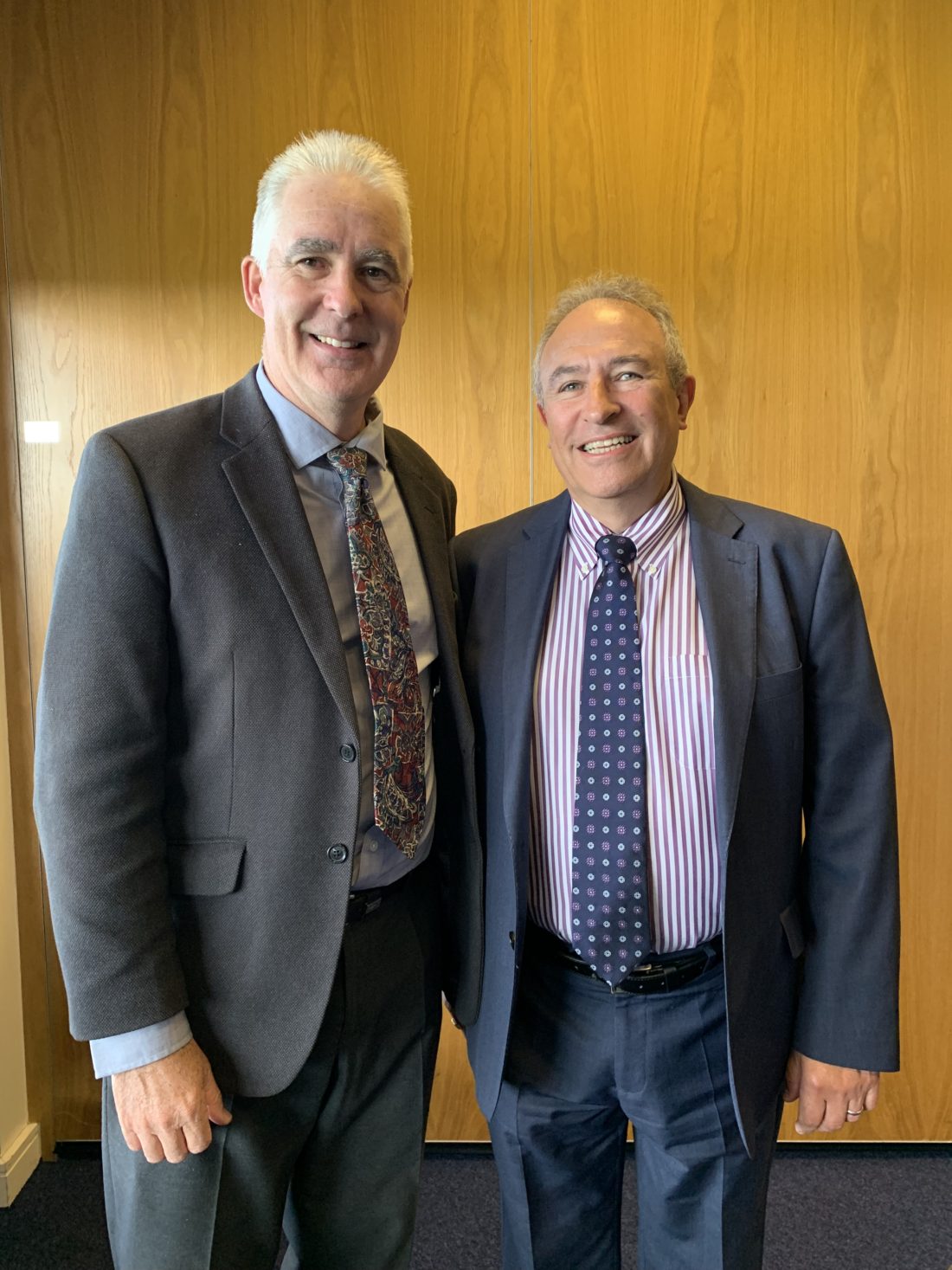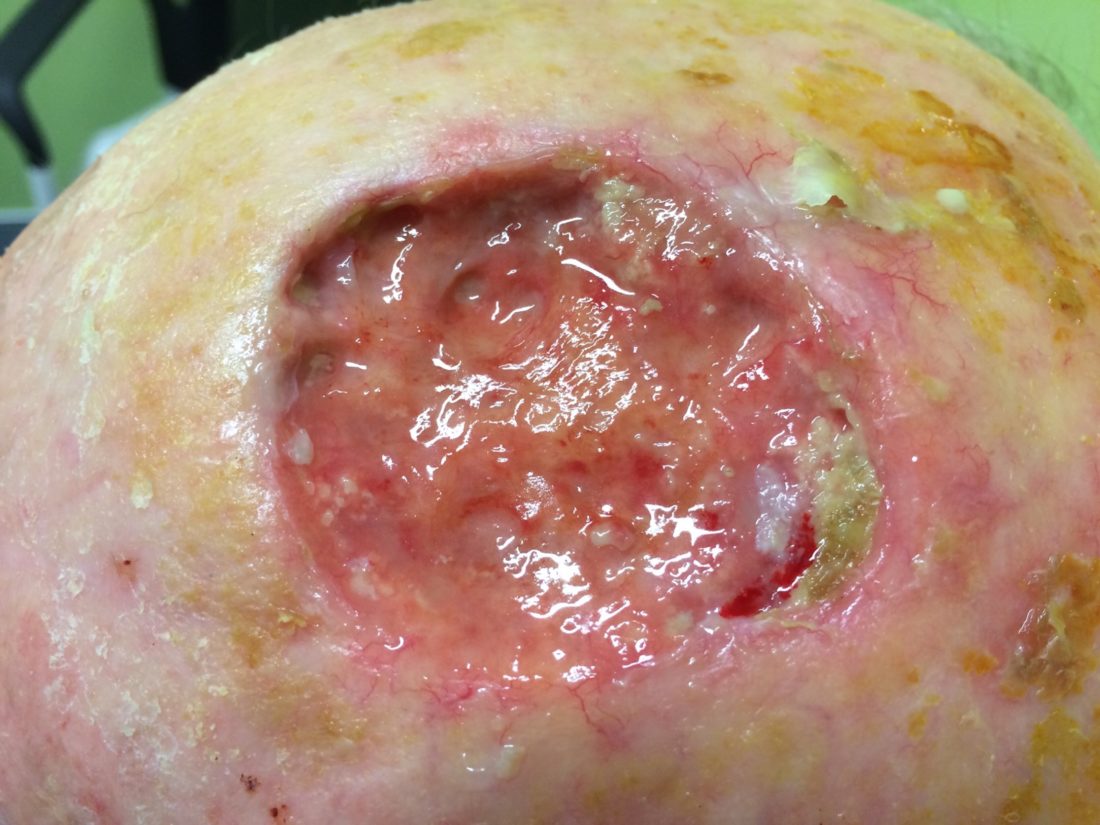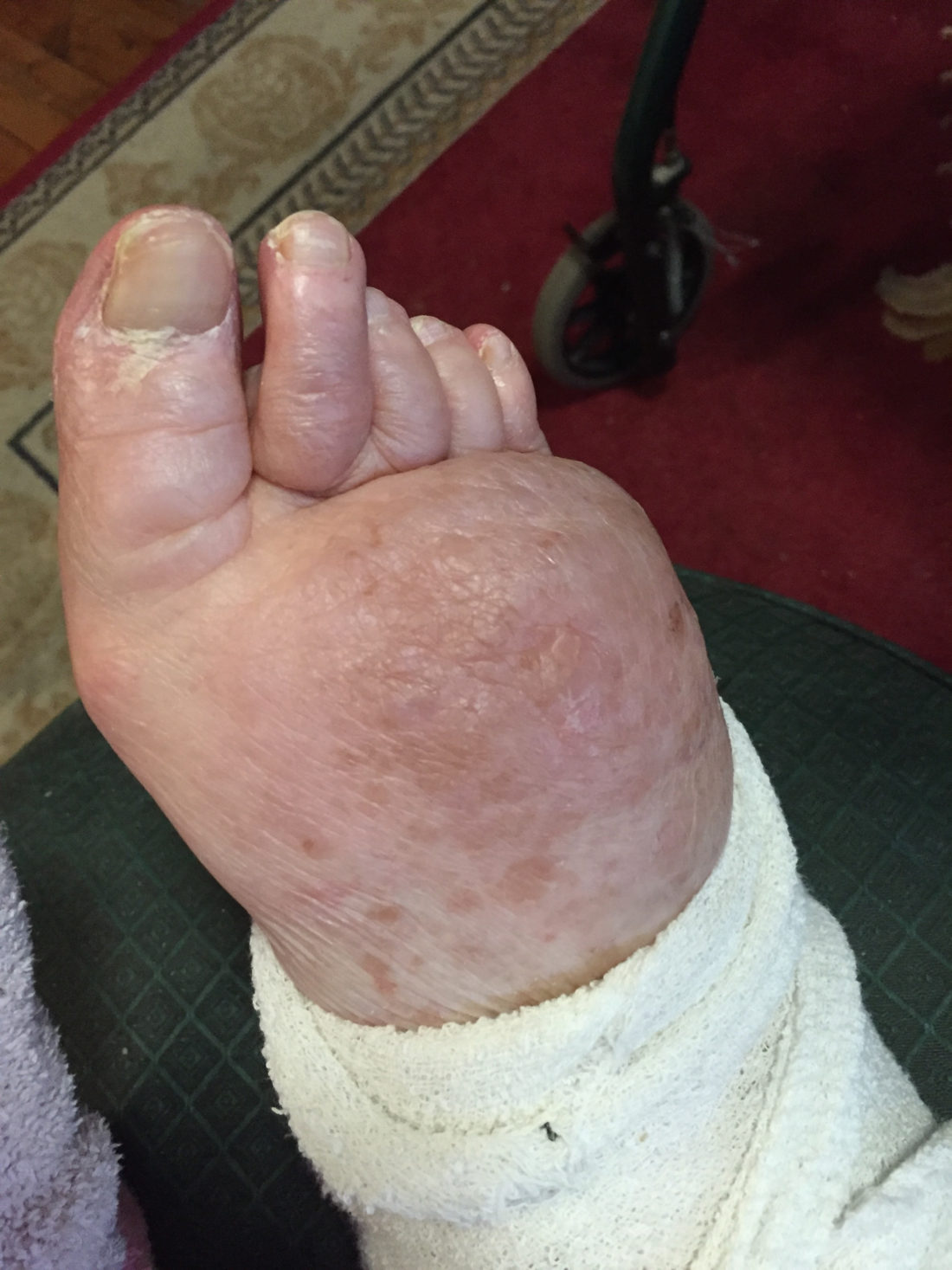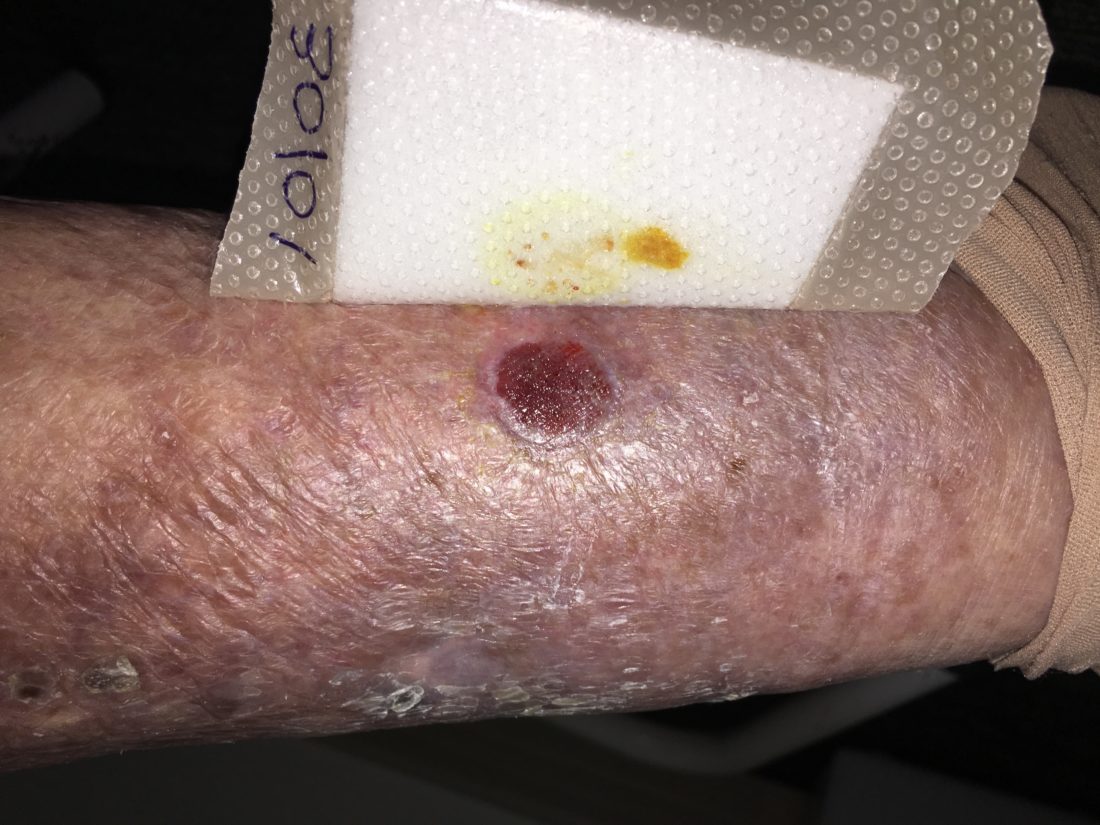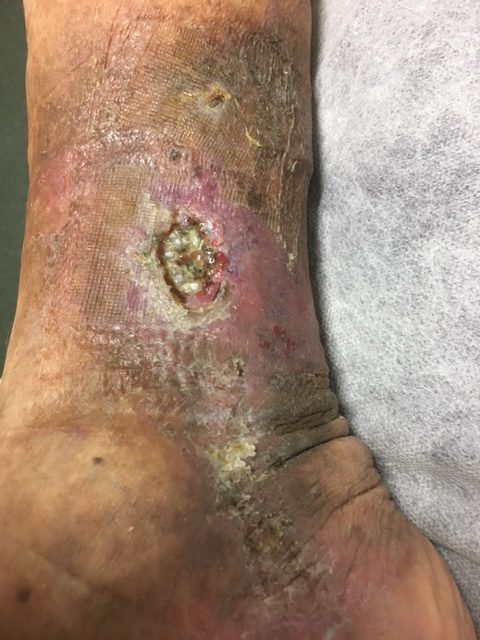
wounds Tag
Lindsay Leg Club Foundation: its actions and outcomes
The Leg Club model for community-based care of individuals with leg wounds is unique. This recently released research paper and the emergence of a Foundation database provides valuable insights into how care can be delivered and the outcomes that can be obtained. https://doi.org/10.1111/iwj.13522
NHS Lower Leg Skin Tear Pathway
Our colleagues at the NHS have developed an excellent Pathway to appropriately manage skin tears that occur below knee. https://www.rdash.nhs.uk/wp-content/uploads/2019/07/TVWCM-v1-Appx-2-Lower-Body-Skin-Tear-Pathway.pdf
Skin care, wounds and lymphorrhea in lymphoedema
Andrea Mangion is the founder of Health Education for Lymphoedema (HELP). In Part One of our interview, Andrea and I discuss
Wound hygiene – aggressive cleansing
Christine Murphy and her colleagues have recently published a new international consensus document which addresses the concept of wound hygiene for hard-to-heal wounds. The presumption is that the majority of stalled wounds will contain biofilm. It is suggested that disrupting biofilms via aggressive wound cleansing
Malnutrition in the community
An estimated 93% of all those who are malnourished or at risk of malnutrition in the UK are living in the community. Most of the at risk population are older people, people on low incomes, those who are socially isolated, individuals with chronic disorders and persons
Bringing non-healing wounds into the open
Most clinicians and patients expect their cutaneous wounds to heal - which is fine, until they don’t. Spruijt et al recently reported on complex wounds which were receiving expert care by specialist wound practitioners in Europe. The wound aetiologies treated included diabetic ulcers, osteomyelitis, wounds
All oedema is lymphoedema
Robyn Bjork and Suzie Ehmann recently wrote a clinical guidance document on compression and the lower limb. Their document has many points of interest about oedema aetiology and the determination of appropriate therapy. Just a few highlights are : 1. “All oedema is technically lymphoedema,
Undisturbed wound healing
Brindle & Farmer recently discussed the concept of combining wound bed preparation with “undisturbed wound healing”. The notion being that impediments to wound repair such as devitalised tissue, infection, unresolved inflammation and inappropriate exudate, are treated and then as the wound enters a proliferative or
The problem of VLU recurrence
Individuals who achieve closure of a venous leg ulcer but who then receive no ongoing therapy afterwards are subject to recurrence rates as high as 76% within the first year post treatment. Interventions available to reduce these recurrence rates include endovenous sclerotherapy, endovenous ablation, venous


